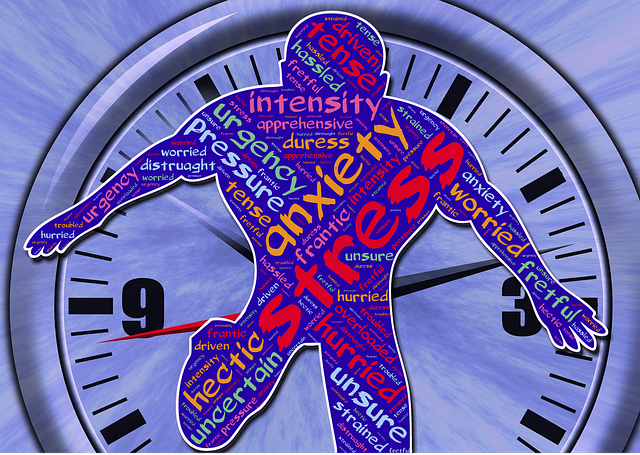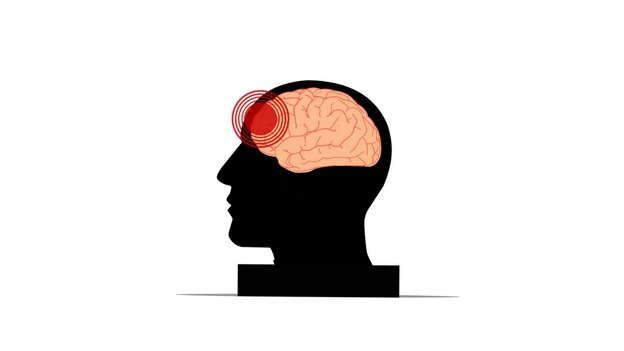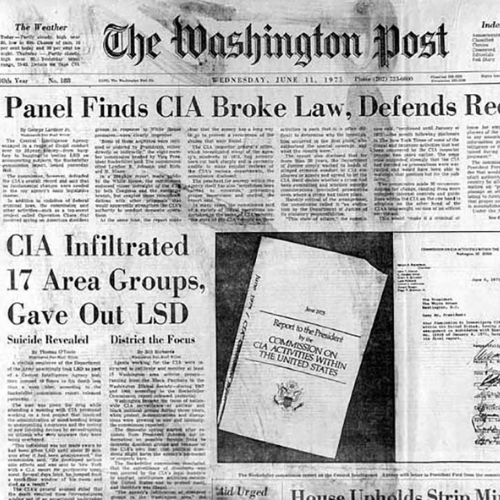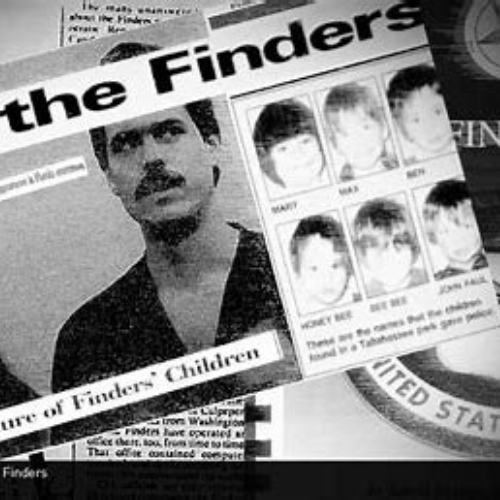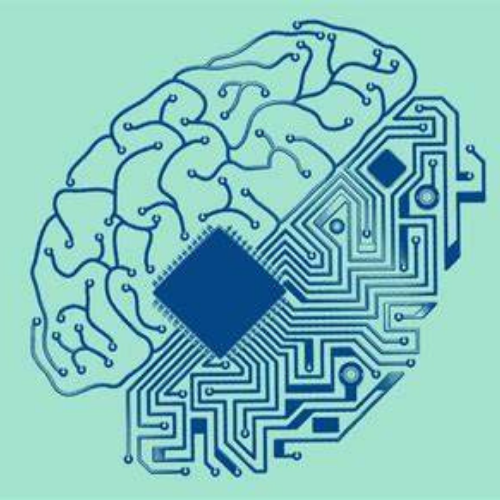Overview
DNA Digital Data Storage is the process of encoding and decoding binary data to and from synthesized strands of DNA.
While DNA as a storage medium has enormous potential because of its high storage density, its practical use is currently severely limited because of its high cost and very slow read and write times.
The idea of DNA digital data storage dates back to 1959, when the physicist Richard P. Feynman, in "There's Plenty of Room at the Bottom: An Invitation to Enter a New Field of Physics" outlined the general prospects for the creation of artificial objects similar to objects of the microcosm (including biological) and having similar or even more extensive capabilities. In 1964-65 Mikhail Samoilovich Neiman, the Soviet physicist, published 3 articles about microminiaturization in electronics at the molecular-atomic level, where independently presented general considerations and some calculations regarding the possibility of recording, storage, and retrieval of information on synthesized DNA and RNA molecules. After the publication of the first M.S. Neiman's paper and after receiving by Editor the manuscript of his second paper (January, the 8th, 1964, as indicated in that paper) the interview with cybernetic Norbert Wiener was published. N. Wiener expressed ideas about miniaturization of computer memory, close to the ideas, proposed by M. S. Neiman independently. These Wiener's ideas M. S. Neiman mentioned in the third of his papers.
In 2012, George Church and colleagues at Harvard University published and article in which DNA was encoded with digital information that included an HTML draft of a 53,400 word book written by the lead researcher, eleven JPG images and one JavaScript program. Multiple copies for redundancy were added and 5.5 petabits can be stored in each cubic millimeter of DNA. The researchers used a simple code where bits were mapped one-to-one with bases, which had the shortcoming that it led to long runs of the same base, the sequencing of which is error-prone. This result showed that besides its other functions, DNA can also be another type of storage medium such as hard drives and magnetic tapes.
In 2013, in an article led by researchers from the European Bioinformatics Institute (EBI) and submitted at around the same time as the paper of Church and colleagues. Over five million bits of data were stored, retrieved, and reproduced. All the DNA files reproduced the information between 99.99% and 100% accuracy. The main innovations in this research were the use of an error-correcting encoding scheme to ensure the extremely low data-loss rate, as well as the idea of encoding the data in a series of overlapping short oligonucleotides identifiable through a sequence-based indexing scheme. Also, the sequences of the individual strands of DNA overlapped in such a way that each region of data was repeated four times to avoid errors. Two of these four strands were constructed backwards, also with the goal of eliminating errors. The costs per megabyte were estimated at $12,400 to encode data and $220 for retrieval. However, it was noted that the exponential decrease in DNA synthesis and sequencing costs, if it continues into the future, should make the technology cost-effective for long-term data storage by 2023.
In March 2018, University of Washington and Microsoft published results demonstrating storage and retrieval of approximately 200MB of data. The research also proposed and evaluated a method for random access of data items stored in DNA. In March 2019, the same team announced they have demonstrated a fully automated system to encode and decode data in DNA.
Research published by Eurecom and Imperial College in January 2019, demonstrated the ability to store structured data in synthetic DNA. The research showed how to encode structured or, more specifically, relational data in synthetic DNA and also demonstrated how to perform data processing operations (similar to SQL) directly on the DNA as chemical processes.
In June 2019, scientists reported that all 16 GB of Wikipedia have been encoded into synthetic DNA.
DNA of Things
The concept of DNA of Things (DoT) was introduced in 2019 by a team of researchers from Israel and Switzerland. DoT encodes digital data into DNA molecules, which are then embedded into objects. In contrast to Internet of things, which is a system of interrelated computing devices, DoT creates objects which are independent storage objects, completely off-grid.
As a proof of concept for DoT, the researcher 3D-printed a Stanford bunny which contains its blueprint in the plastic filament used for printing. By clipping of a tiny bit of the ear of the bunny, they were able to read out the blueprint, multiply it and produce a next generation of bunnies. In addition, the ability of DoT to serve for steganographic purposes was shown by producing non-distinguishable lenses which contain a YouTube video integrated into the material.


